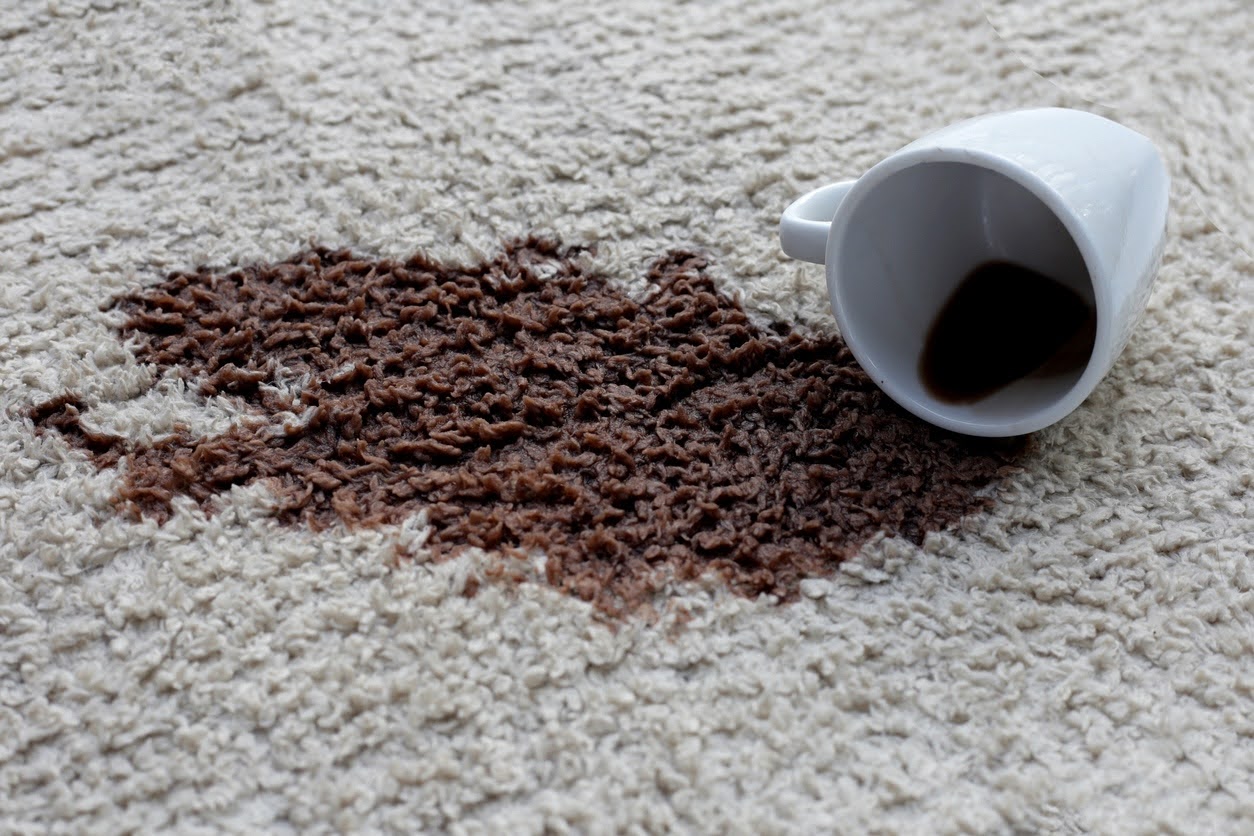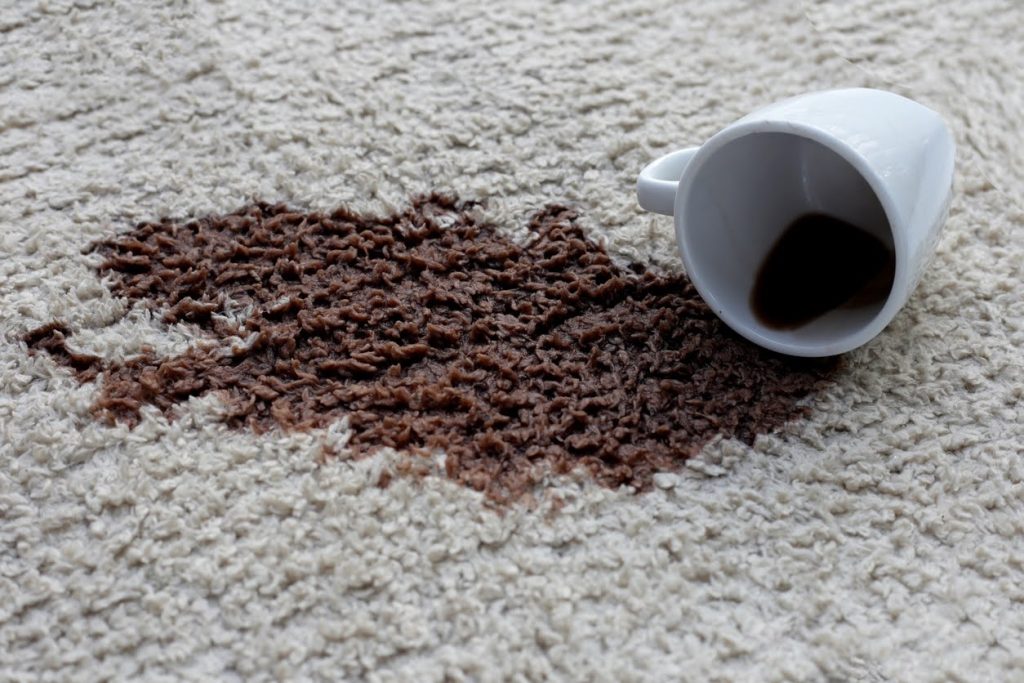Dealing with carpet stains can feel overwhelming; however, it is manageable when armed with the right tools, techniques, and knowledge. This guide outlines the tools needed for stain removal during carpet cleaning and systematic approaches for addressing different stains. Whether you encounter everyday spills or persistent marks, this resource will assist in preserving the appearance of your carpeting.
- Carpet Stain Removal Topics
- Essential Supplies for Carpet Stain Removal
- Cleaning Agents for Different Stains
- Why Vacuuming is a Must Before Carpet Stain Removal
-
Spot Cleaning: Any Type of Carpet Stain
- Removing Berry Stains From the Carpet
- Removing Blood Stains From Carpets
- Removing Candle Wax Stains From Carpets
- Removing Chewing Gum From Carpets
- Removing Chocolate Stains From Carpets
- Removing Coffee Stains From Carpets
- Removing Grease and Oil Stains From Carpets
- Removing Ink Stains From Carpets
- Removing Nail Polish Stains From Carpets
- Removing Paint Stains From Carpets
- Removing Red Wine Stains From Carpets
- Removing Rust Stains From Carpets
- Removing Tomato Sauce Stains From Carpets
- Removing Urine Stains From Carpets
- Removing Vomit Stains From Carpets
- How To Rinse After Removing A Carpet Stain
- How To Dry Your Carpet After Cleaning
- When to Call a Professional Carpet Stain Removal Expert
- Megerian Rugs & Carpet Cleaning
- Carpet Stain Removal FAQs
Carpet Stain Removal Topics
- Essential Tools and Supplies: For any cleaning task, a quality vacuum cleaner, paper towels, soft cloths, and protective gloves are necessary.
- Methods for Removing Stains: Understand the approaches for tackling types of stains ranging from berries and blood to grease and oil so you can effectively and safely clean them.
- Drying Procedures: This section details all the steps for drying carpets or post-stain removal.
- Benefits of Professional Cleaning Services: Recognize where professional assistance is recommended and how companies like Megerian Rugs & Carpet Cleaning can contribute to your carpets’ aesthetics, longevity, and care.
- When to Seek Professional Help: Learn when to contact a carpet cleaning service. When handling valuables, opt for carpet cleaning services to ensure they receive proper care.
Essential Supplies for Carpet Stain Removal
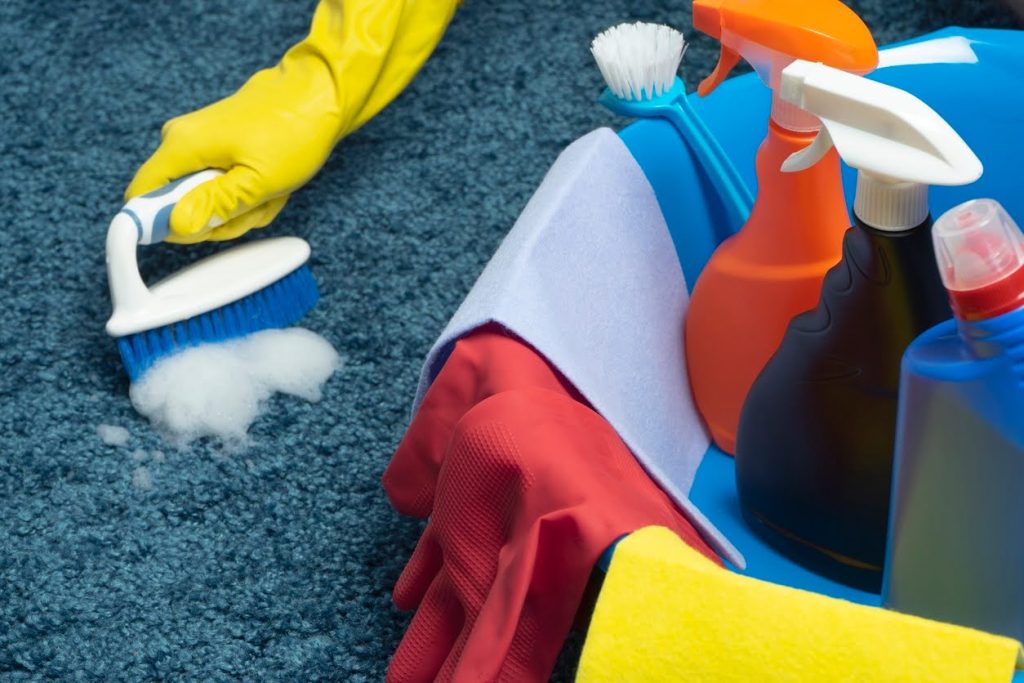
Having the tools and materials is crucial for maintaining your carpets. Here is a checklist to ensure you are equipped for any cleaning task:
- High-Quality Vacuum Cleaner: one with a HEPA filter and powerful suction capabilities. A vacuum bearing the Seal of Approval certification is suggested for soil removal and reducing airborne dust.
- Paper Towels: Keep a supply of paper towels on hand for blotting up spills and stains.
- Clean Cloths: Use clean, white cloths or microfiber towels to apply cleaning solutions and blot stains. Avoid colored cloths as they may transfer dye onto the carpet.
- Clean Microfiber Cloth: Blot spills of red wine, white wine, grape juice, or other liquids to remove stains effectively.
Absorbent Rags help dry the carpet after cleaning and blot up excess moisture during cleaning. - Soft-bristled brush: This brush is vital for working cleaning solutions into the carpet fibers without damaging them. It is also essential for delicate carpets.
- Squeegee: This tool removes water from the carpet after rinsing. It helps speed up the drying process and prevent mold and mildew growth.
- Spray bottle: A small spray bottle can be used with water and mild detergent for spot-cleaning carpet areas.
- Soft bristle brush: A soft brush can scrub carpets without causing damage.
- Dehumidifier: Depending on your climate, using a humidifier or dehumidifier in the room where your carpet is drying can help control moisture levels and prevent mold growth.
- Protective Gloves: Wear protective gloves to protect your hands from cleaning chemicals and to maintain hygiene.
- Lint Roller or Pet Hair Remover Brush: Remove pet hair from carpets.
- Steam Cleaner: Useful for deep cleaning and sanitizing carpets, especially for tough stains and high-traffic areas.
Cleaning Agents for Different Stains
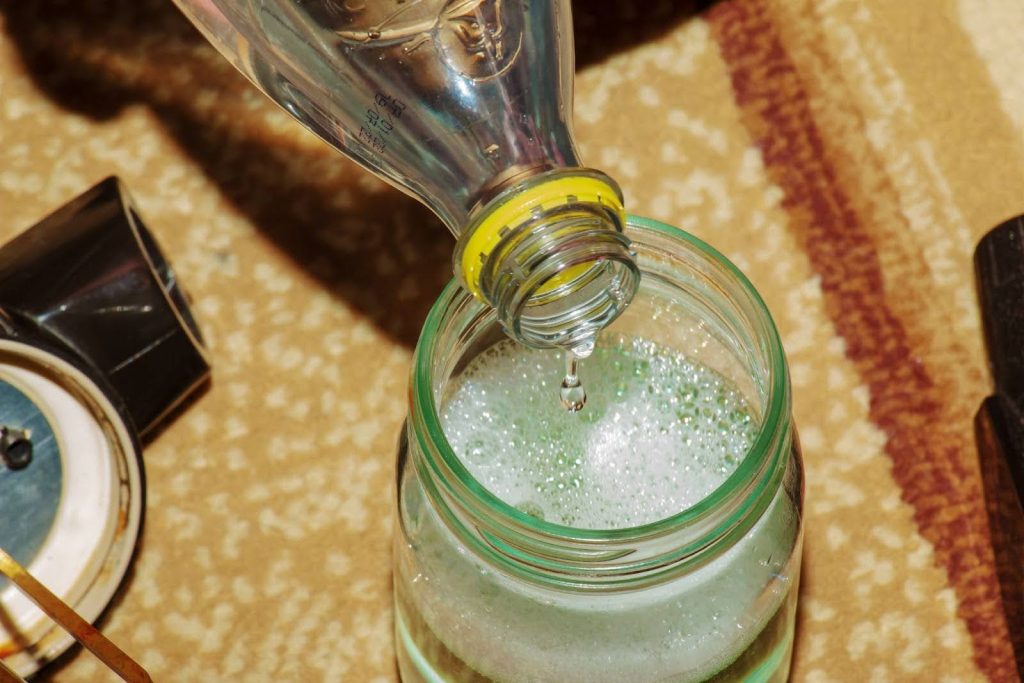
The choice of cleaning agent depends on the nature of the stain. Using a solution that will remove stains without harming the carpet is essential.
- Baking Soda: Ideal for freshening up carpets and treating stains.
- White Vinegar: This cleaner can be diluted with water for a natural cleaning remedy. It works well for eliminating odors and breaking down stains. Mixing vinegar with water creates an eco-friendly solution for stubborn stains.
- Commercial Stain Removers: These products are recommended for stains and are formulated to target different stains. Always adhere to the instructions provided by the manufacturer. Conduct a patch test beforehand.
- Ice Pack or Frozen Vegetables: These solidify substances like wax or chewing gum, making them easier to remove.
- Hydrogen Peroxide is effective against organic stains such as blood. Apply an amount directly onto the stain, allow it to sit briefly, and gently blot away.
- Dish Soap is a gentle detergent mixed with warm water to tackle various stains effectively.
- Cornstarch or Baking Soda: Great for absorbing grease and oil stains before vacuuming.
Why Vacuuming is a Must Before Carpet Stain Removal
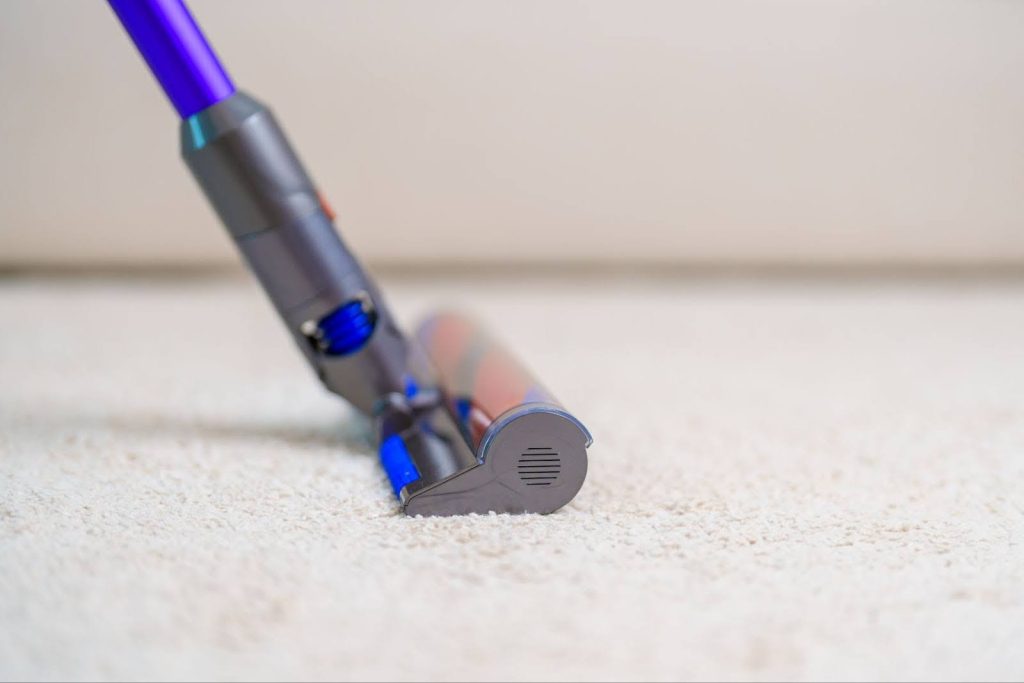
Prioritizing vacuuming before tackling any stain is crucial. Here is why:
- Prevents Dirt from Spreading: By vacuuming, you eliminate dirt and debris that could smudge and exacerbate the stain while cleaning.
- Enhances Cleaning Effectiveness: Vacuuming removes surface dirt, enabling your cleaning solutions to target the stain and resulting in better outcomes.
- Decreases Allergens: Vacuuming helps eliminate dust mites, pollen, and other allergens before removing the stain.
Spot Cleaning: Any Type of Carpet Stain
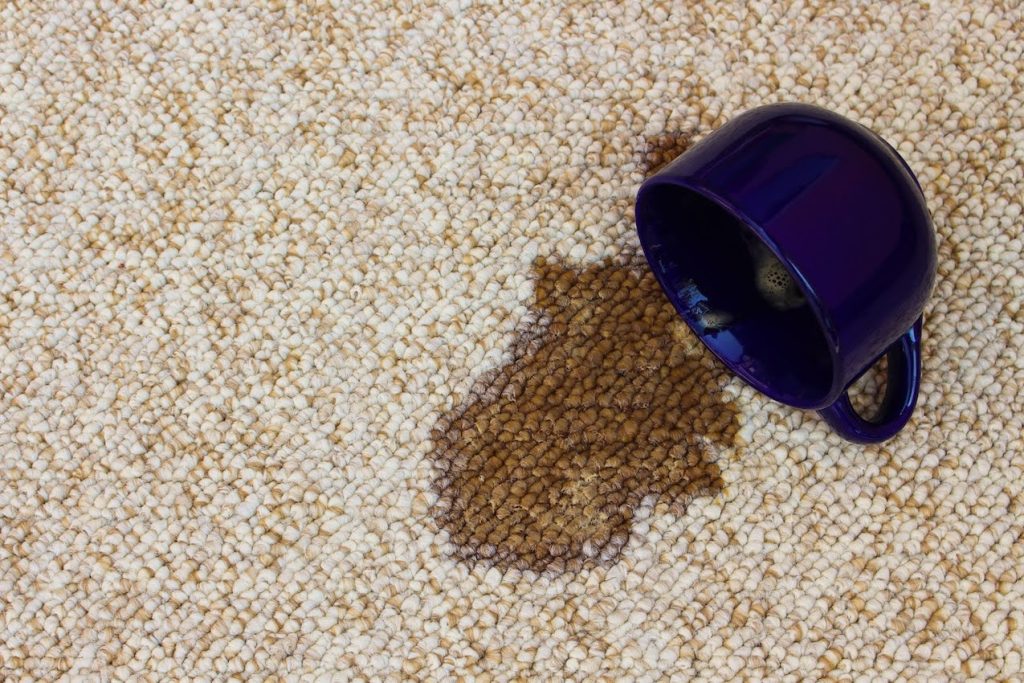
Blot, not scrub, to avoid spreading the stain when removing carpet stains. Using the proper techniques and solutions for different carpet stains is also essential.
After removing the stain, always rinse the area with clean water to remove any residue from cleaning solutions. Be careful not to use excessive water, as this may cause the formation of mold and mildew. Blot dry with a towel.
Lastly, make sure the area is arid to prevent any remaining moisture from attracting more dirt.
If the stains persist, use a commercial carpet stain remover specifically designed for the type of stain you are working on. Always test it on a small, inconspicuous carpet first to ensure it will not discolor or stain.
Removing Berry Stains From the Carpet
- Blot the stain with a clean cloth to remove excess liquid. Do not rub, as this will spread the stain further into the fibers.
- Apply a mixture of one teaspoon of dish soap and one cup of warm water to the stain. Blot the area with a clean cloth working from the outside to prevent the stain from spreading.
- If the stain persists, mix one part white vinegar with two parts water and apply it to the stain. Let it sit for a few minutes before blotting with a clean cloth.
- If the stain remains, apply a small amount of lemon juice and let it sit for a few minutes before blotting with a clean cloth.
- Rinse the area with clean water to remove any soap or vinegar residue. Blot dry with a clean towel.
- Grape juice, like berry stains, requires specific cleaning techniques to avoid permanent damage.
Removing Blood Stains From Carpets
- Blot the stain with a cloth soaked in cold water. Do not use hot water as it will set the stain.
- Apply a small amount of hydrogen peroxide directly to the stain. Let it sit for a few minutes to break down the blood.
- Blot the area with a clean cloth to absorb the hydrogen peroxide and loosened blood.
Removing Candle Wax Stains From Carpets
- Place an ice pack or a bag of frozen vegetables over the wax to let it harden. This will make the wax brittle and more accessible to remove.
- Once the wax is hard, use a blunt knife or a plastic scraper to gently scrape off as much of the wax as possible, being careful not to damage the carpet fibers.
- Place a paper towel, brown paper bag, or a clean cloth over the remaining wax residue.
- Set your iron to a low setting (no steam) and iron over the paper towel. The heat will melt the wax absorbed by the paper towel. Make sure to move the iron slowly to avoid scorching the carpet.
- Repeat the process with fresh paper towels until all the wax is absorbed and removed.
- If there is any remaining stain, apply a small amount of rubbing alcohol to a clean cloth and blot the area gently. This will remove any dye or residue left by the wax.
Removing Chewing Gum From Carpets
- First, harden the gum by placing ice cubes in a plastic bag and setting it on the gum for about 10-15 minutes. This will make the gum brittle and more accessible to remove without spreading.
- Once the gum is hard, gently scrape it with a blunt knife or a plastic scraper, being careful not to damage the carpet fibers.
- If gum residue remains, apply a small amount of dish soap mixed with warm water to the area. Use a clean cloth to blot the area gently, working from the outside to avoid spreading the gum further.
- If there are any remaining gum particles, gently scrub the area using the dish soap solution with a toothbrush. This will loosen the gum from the fibers.
Removing Chocolate Stains From Carpets
- Scrap any excess chocolate with a dull knife; avoid spreading the stain further.
- Blot the stain with a clean cloth soaked in one teaspoon of dish soap and one cup of warm water. Work from the outside to prevent the stain from spreading.
- Sprinkle cornstarch over the stain to absorb anything remaining. Let it sit for 15 minutes before vacuuming.
- Rinse the area with clean water to remove any soap residue. Blot dry with a clean towel.
- If the stain persists, mix one part white vinegar with two parts water and apply it to the stain. Let it sit for a few minutes before blotting with a clean cloth.
Removing Coffee Stains From Carpets
- Blot the stain immediately with a clean, dry cloth or paper towel to absorb as much coffee as possible. Do not rub; this will spread the stain further into the fibers.
- Mix equal parts water and white vinegar, one teaspoon of dish soap, and one cup of warm water.
- Apply the solution to the stained area with a spray bottle or gently dab it with a clean cloth. Work from outside the stain towards the center to prevent it from spreading.
- Let the solution sit on the stain for a few minutes to break down the coffee particles.
- Blot the area again with a clean, dry cloth to absorb the solution and the loosened stain. Repeat until the stain is gone.
Removing Grease and Oil Stains From Carpets
- Blot the excess grease or oil with a paper towel; be careful not to spread it. Start from the outside edges and work towards the center to prevent the stain from spreading.
- Sprinkle a generous amount of baking soda or cornstarch over the stain to absorb the oil. Let it sit for at least 15 minutes. These powders will draw out the grease from the fibers.
- Vacuum up the baking soda or cornstarch. Use a strong suction vacuum to remove all the powder and oil.
- If the stain persists, apply a small amount of rubbing alcohol to a clean cloth and blot the area gently. This will help break down the grease.
- Apply a small amount of dish soap mixed with warm water to the stain. Dish soap is excellent at breaking down grease. Use a clean cloth to gently blot the area, and work from the edges towards the center. Do not scrub; this will push the stain deeper into the carpet fibers.
Removing Ink Stains From Carpets
- Blot the stain with a clean cloth to remove any excess ink. Do not rub; this will push the stain deeper into the fibers.
- Apply isopropyl alcohol to a cotton ball or clean cloth and dab it onto the stained area. Isopropyl alcohol will break down the ink pigments.
- If the stain persists, spray a small amount of hairspray onto the stain and blot with a clean cloth. The alcohol in the hairspray will help break down the ink. Test an inconspicuous spot on the fibers first.
- Blot the area with a clean cloth to absorb the ink and alcohol. Be careful not to scrub too hard, as this could damage the carpet fibers.
Removing Nail Polish Stains From Carpets
- Blot the stain with a cotton ball soaked in non-acetone nail polish remover. Do not rub; this will spread the stain further into the fibers.
- Use a clean cloth to blot the area and get the nail polish. Keep doing this until the cloth does not pick up any more polish.
- If the stain persists, repeat the process of applying the non-acetone nail polish remover and blotting it with a clean cloth until it is gone.
Removing Paint Stains From Carpets
- Let the paint dry completely before you try to clean it. This will minimize the chance of spreading the stain further into the fibers.
- Use a soft brush to gently lift the dried paint from the carpet’s surface, taking care not to damage the fibers.
- Slowly vacuum over the area to get any remaining paint particles. This step is critical.
- If the area still has wet paint, dab it softly with a towel. Do not press too much moisture into the underlying carpet or carpet pad.
- Mix a small amount of dish soap with warm water for tough stains. Apply this solution to the stain with a clean cloth. Blot the area gently, working from the outside, to prevent the stain from spreading.
Removing Red Wine Stains From Carpets
- Use a clean cloth to blot the excess wine from the carpet’s surface. Do not press too hard.
- Slowly apply a dish soap and hydrogen peroxide mixture to the stained area. This step is vital.
- If the stain remains, use club soda to dab the area softly. Do not press too much moisture into the underlying carpet or pad.
- For tough stains, sprinkle a small amount of salt over the wet area. The salt will draw out the remaining wine from the fibers.
Removing Rust Stains From Carpets
- Blot the excess rust from the carpet’s surface with a clean cloth. Do not press too hard.
- Slowly apply a mixture of lemon juice and salt to the stained area. This step is critical.
- Use a clean cloth to dab the area softly if the stain remains. Do not press too much moisture into the underlying carpet or carpet pad.
- For harder stains, sprinkle a small amount of salt over the wet area. The salt will draw out the remaining rust from the fibers.
Removing Tomato Sauce Stains From Carpets
- Blot the stain immediately with a clean, dry cloth or paper towel to absorb as much tomato sauce as possible. Do not rub; this will spread the stain further into the fibers.
- Mix equal parts water and white vinegar, one teaspoon of dish soap, and one cup of warm water.
- Apply the solution to the stained area with a spray bottle or gently dab it with a clean cloth. Work from outside the stain towards the center to prevent it from spreading.
- Let the solution sit on the stain for a few minutes to break down the tomato sauce particles.
- Blot the area again with a dry cloth to absorb the solution and the loosened tomato sauce stain. Repeat this process until the stain is gone.
Removing Urine Stains From Carpets
- Blot the stain with a clean, dry cloth or paper towel to absorb as much urine as possible. Do not rub; this will spread the stain further into the fibers.
- Mix equal white vinegar, one teaspoon of dish soap, and one cup of warm water.
- Let the solution sit on the stain for a few minutes to break down the urine.
- For persistent odors, apply an enzyme cleaner to the stain and let it sit for the recommended time before blotting with a clean cloth.
- Blot the area again with a clean, dry cloth to absorb the solution and the loosened urine stain. Repeat this process until the stain is gone.
Removing Vomit Stains From Carpets
- Blot the stain with a clean, dry cloth or paper towel to absorb as much of the vomit as possible. Do not rub; this will spread the stain further into the fibers.
- Mix equal parts water and white vinegar, one teaspoon of dish soap, and one cup of warm water.
- Apply the solution to the stained area with a spray bottle or gently dab it with a clean cloth. Work from outside the stain towards the center to prevent it from spreading.
- Let the solution sit on the stain for a few minutes to break down the vomit.
- Blot the area again with a clean, dry cloth to absorb the solution and the loosened vomit stain. Repeat this process until the stain is gone.
How To Rinse After Removing A Carpet Stain
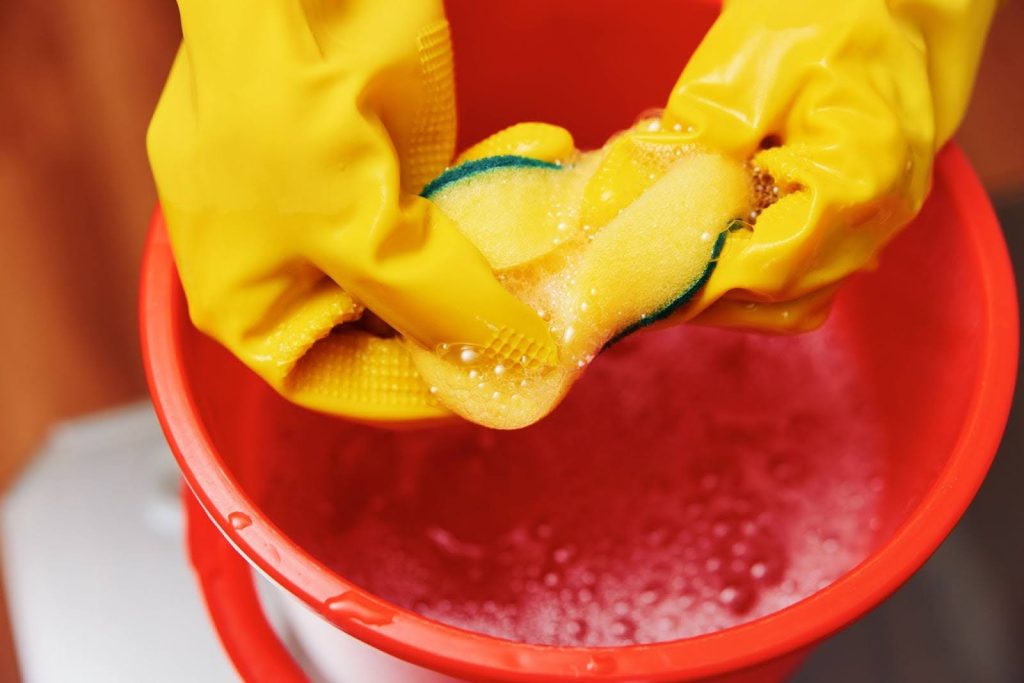
- Initial Rinse: Gently dab the treated area with the damp sponge or cloth, working from outside the stain towards the center to prevent further spreading.
- Repeat Rinsing: Rinse the sponge or cloth frequently in clean water to avoid reapplying any remaining cleaning solution onto the carpet. Continue until all cleaning agents are removed.
- Thorough Rinse: You may need to rinse the area multiple times for tougher stains. Ensure the water runs clear and free of suds, indicating that the cleaning solution has been thoroughly rinsed.
- Remove Excess Water: Use thick towels or a squeegee to press firmly on the damp area, absorbing as much water as possible. This step is crucial to prevent water from seeping into the carpet’s backing, which can cause damage and mold growth.
How To Dry Your Carpet After Cleaning
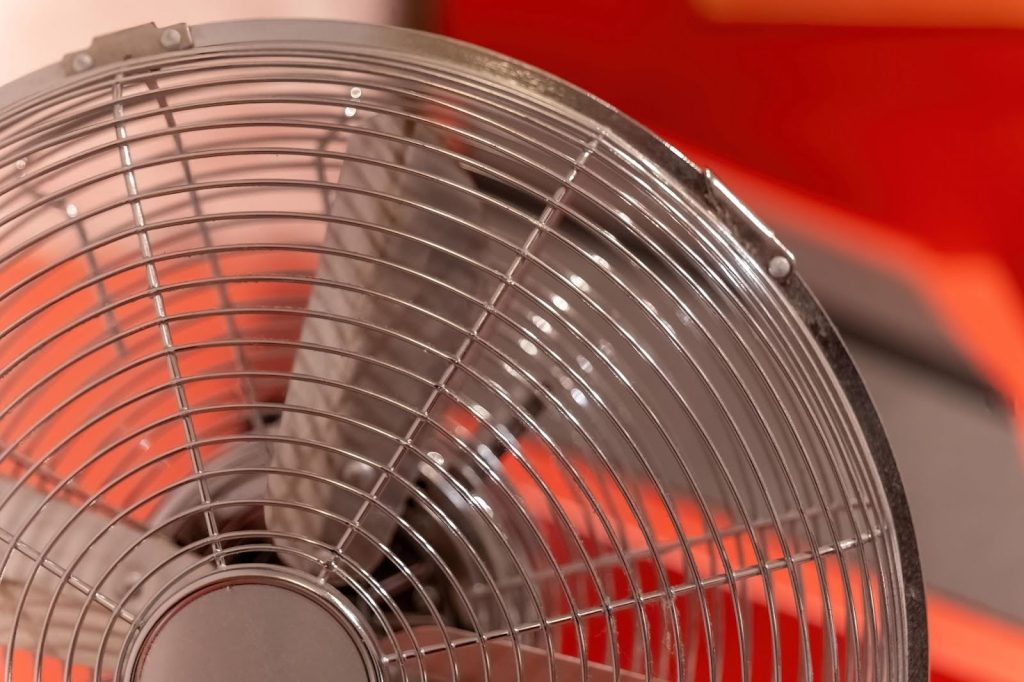
- Remove Excess Water: Use a wet-dry vacuum to extract as much water as possible from the carpet. This step is crucial to speed up the drying process.
- Use Absorbent Towels: Lay down absorbent towels over the damp areas and press firmly to soak additional moisture. Replace the towels as they become saturated.
- Promote Air Circulation: Open windows and doors to allow fresh air to circulate. Use ceiling, box, or oscillating fans to enhance airflow over the carpet.
- Dehumidify the Room: Place a dehumidifier to reduce humidity levels and accelerate drying. This is especially important in humid climates or during rainy seasons.
- Utilize Carpet Dryers: Use carpet dryers or air movers to blow air directly onto the carpet if available. These specialized tools are designed to dry large areas quickly and efficiently.
- Elevate Furniture: Elevate furniture off the carpet to allow air to circulate underneath. Use blocks or aluminum foil under furniture legs to prevent moisture absorption and staining.
- Check for Dampness: Regularly check the carpet for dampness. Use fans and dehumidifiers to prevent mold and mildew growth until the carpet is completely dry.
- Final Inspection: Ensure the carpet is thoroughly dry before walking on it or replacing furniture. Depending on the conditions and carpet thickness, this usually takes 6 to 12 hours.
When to Call a Professional Carpet Stain Removal Expert
Some stains are hard to remove and may require professional help. Here are the scenarios where you should call in the experts:
- Persistent Stains: If a stain does not come out after multiple cleaning attempts, it is time to call the pros. Persistent stains like ink, wine, or pet urine can be challenging to remove without specialized knowledge and tools.
- Large Stains: When dealing with large spills or stains that cover a big carpet area, professional cleaners have the equipment and expertise to handle the job.
- Health Concerns: Stains caused by substances like mold, mildew, or pet accidents can be health hazards. Professional cleaning removes these contaminants, ensuring safe indoor air quality.
- Time Constraints: If you are short on time or lack the resources to tackle a stubborn stain, professional cleaners can save you time and effort.
- Deep Cleaning: Professional deep cleaning services are recommended for a thorough cleaning that penetrates the carpet fibers.
Megerian Rugs & Carpet Cleaning

With over 100 years and four generations of experience, Megerian Rugs & Carpet Cleaning brings traditional craftsmanship and modern technology together. Here is what sets Megerian Rugs & Carpet Cleaning apart:
- Full-Service Expertise: With over ten decades of experience, Megerian has mastered the art of carpet and upholstery cleaning so your carpet gets the respect and attention it deserves.
- Advanced Technology: State-of-the-art equipment and eco-friendly cleaning solutions so your carpets get a deep clean without damaging the fibers or colors.
- Personalized Service: Each carpet is unique, and Megerian tailors its cleaning to your carpet’s specific needs.
- Quality Commitment: Megerian Rugs & Carpet Cleaning is committed to the beauty and durability of your carpets; their services clean and preserve your carpet’s integrity.
- Convenience and Care: From pick-up and delivery, the whole process is easy and stress-free for their clients.
- Trusted by Experts: Renowned for their expertise, Megerian Rugs & Carpet Cleaning is the go-to for celebrities, museums, collectors, and discerning homeowners who value quality and authenticity.
Leave your precious investment in the capable hands of Megerian Rugs & Carpet Cleaning. Your carpets deserve the best, and Megerian promises to give it to you.
Carpet Stain Removal FAQs
Vacuuming removes loose dirt and debris that could smear and worsen the stain during cleaning. It also boosts the effectiveness of your cleaning solutions and protects carpet fibers.
You will need a high-quality vacuum, paper towels, clean cloths, protective gloves, a soft-bristled brush, a squeegee, a spray bottle, and a lint roller or pet hair remover brush.
Typical solutions include baking soda for deodorizing, white vinegar for breaking down stains, commercial stain removers for challenging stains, hydrogen peroxide for organic stains, and dish soap for general cleaning.
Blot the excess liquid with a clean cloth or paper towel, but do not rub. Apply a mixture of dish soap and hydrogen peroxide to the stained area. Let it sit briefly, then blot with a clean cloth. If the stain persists, use club soda to blot the area again. Rinse with clean water and blot dry with a towel.
Blot the stain immediately with a clean, dry cloth or paper towel to absorb as much coffee as possible. Mix equal parts water, white vinegar, or one teaspoon of dish soap with one cup of warm water. Apply the solution to the stained area with a spray bottle or gently dabbing with a clean cloth. Let the solution sit for a few minutes, then blot again with a clean, dry cloth. Rinse with clean water and blot dry.
Blot the stain with a clean, dry cloth or paper towel to absorb as much urine as possible. Mix equal parts white vinegar and water or one teaspoon of dish soap with one cup of warm water. Apply the solution to the stain and let it sit for a few minutes. Blot the area again with a clean, dry cloth. Rinse with clean water and blot dry with a towel.
Blot the stain with a clean cloth to remove any excess ink. Apply isopropyl alcohol to a cotton ball or clean cloth and dab it onto the stained area – Blot with a clean cloth to absorb the ink and alcohol. Rinse the area with cold water to remove any remaining alcohol and blot dry with a clean towel.
Use a wet-dry vacuum to remove excess water, lay absorbent towels over the damp areas, promote air circulation with fans, and use a dehumidifier to accelerate drying. Ensure the carpet is completely dry before placing it back.


